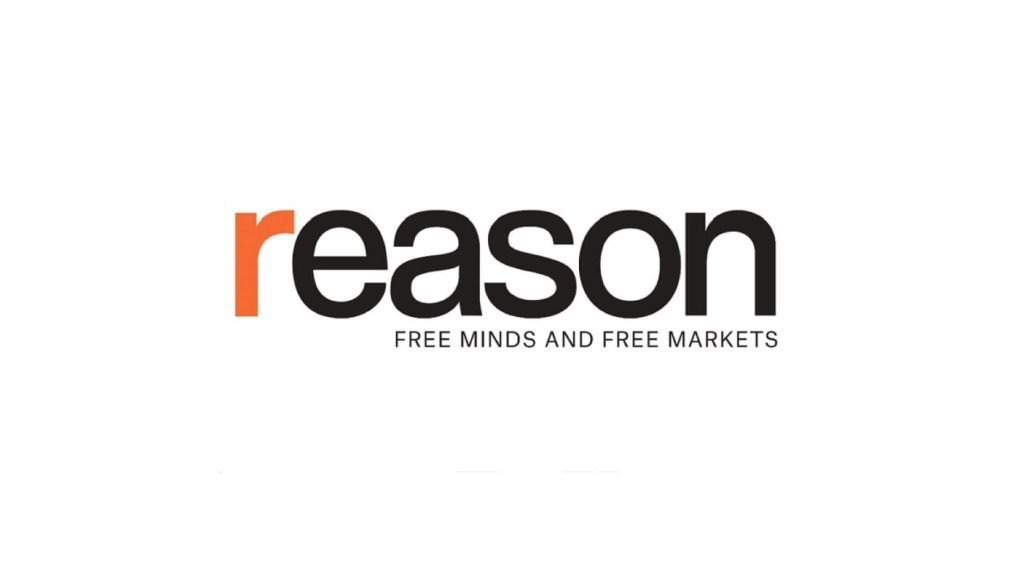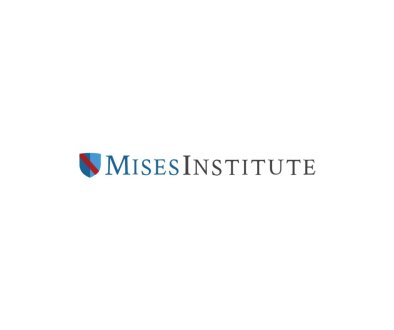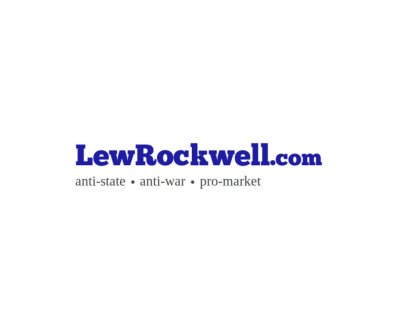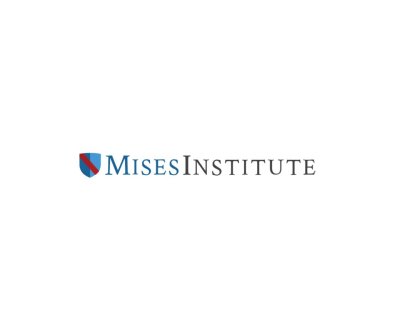What Ronald Reagan’s Fusionist Politics Teach Us About Liberty, Virtue, and Their Limits
“There are so many people and institutions that come to mind for their role in the success we celebrate tonight,” President Ronald Reagan said at the 1981 Conservative Political Action Conference, just two months after his inauguration. “Intellectual leaders like Russell Kirk, Friedrich Hayek, Henry Hazlitt, Milton Friedman, James Burnham, Ludwig von Mises.” And Frank Meyer, who had “fashioned a vigorous new synthesis of traditional and libertarian thought—a synthesis that is today recognized by many as modern conservatism.”
Meyer, Reagan said, believed that “a respect for law and an appreciation of tradition” should “motivate us even as we seek a new economic prosperity based on reducing government interference in the marketplace. Our goals complement each other.” Though Reagan did not use the word, this was Meyer’s philosophy of fusionism to a tee: the idea that virtue and liberty are mutually reinforcing, and that neither is possible in any lasting or meaningful way without the other.
Reagan, famous as a rhetorician, had long blended classical liberalism with Judeo-Christian traditionalism in his speeches. The outcome on one Election Day after another suggested that the message resonated with more than just conservatives. The American electorate overwhelmingly embraced Reagan, rewarding him with a commanding 44-state win in 1980 and a stunning 49-state victory in 1984.
For all his talk of liberty and virtue, Reagan’s record on the ground was complicated from a fusionist perspective, let alone a libertarian one. He set out to reduce government but floundered when it came to reining in spending. On the flip side, he cared about traditional morality but angered the Religious Right by often (though not always) adopting a hands-off attitude when it came to legislation.
***
Reagan’s conservatism was not a hierarchical or even in most cases a gradualist outlook. The celebration of progress—of the wondrous advances, moral and material, of which free human beings are capable—was a recurring theme in his rhetoric. The historian William Inboden has described Reagan as an apostle “for the information age, knowledge economies, open trade, and democracy.”
A speech Reagan gave after the Space Shuttle Challenger exploded on live television in 1986 is illustrative. “I want to say something to the schoolchildren of America,” he said. “I know it is hard to understand, but sometimes painful things like this happen. It’s all part of the process of exploration and discovery. It’s all part of taking a chance and expanding man’s horizons. The future doesn’t belong to the fainthearted; it belongs to the brave. The Challenger crew was pulling us into the future, and we’ll continue to follow them.” Two years later, during a trip to Moscow, he told an audience of college students that “freedom is the right to question and change the established way of doing things. It is the continuing revolution of the marketplace. It is the understanding that allows us to recognize shortcomings and seek solutions. It is the right to put forth an idea, scoffed at by the experts, and watch it catch fire among the people. It is the right to follow your dream, or stick to your conscience, even if you’re the only one in a sea of doubters.”
These sentiments are in keeping with the adventurousness and adaptability that have always defined the American character, even on the political right. On America’s shores, the small-c conservative disposition has always been tempered by the instinct to build, innovate, and explore. In this sense, Reagan cannot be thought of as a pure traditionalist. But he can be thought of as a fusionist. He believed that the thing to be conserved was the American founding, with all the baked-in liberalism it entailed. And for Reagan, the principles and institutions of the founding were worth conserving because they were good, not merely because they were there.
On policy questions, Reagan did not always line up with traditionalist conservatives, but his reasoning almost always evinced a fusionist approach to the challenge of fostering virtue in society. Thus, he supported parochial schools’ right to make personnel decisions in keeping with their values by declining to hire openly gay faculty. He also opposed a law that would have permitted public schools to discriminate against employees who spoke out in favor of gay rights. Reagan’s intuitions served him well in both cases: The first is rightly understood as a matter of free association (protected by the Constitution), the second as a matter of government censorship (limited by the same).
The positions Reagan took on abortion are instructive, in that they show him working through an issue where he initially felt ambivalent. “This is not in my mind a clear-cut issue,” he told the press when he was governor of California and an abortion liberalization bill was under debate. Options for cases where the mother’s life was threatened were one thing, he thought, but he was uncomfortable with a provision to allow the termination of pregnancies in cases where fetal deformities were suspected. “I cannot justify the taking of an unborn life simply on the supposition that the baby may be born less than a perfect human being,” he said.
Reagan did eventually sign the bill. It was a decision he came to regret, and he later supported an (unsuccessful) effort to amend the U.S. Constitution to protect the unborn. Reagan’s evolution on this issue is consistent with a pro-life libertarian view grounded in the belief that protecting innocent human life is one of the few legitimate functions of the state.
On the whole, Reagan seemed to share libertarians’ aversion to the idea of using the law to impose virtue on society. The Religious Right spent most of his White House tenure complaining bitterly that he was not prioritizing their legislative agenda. He was happy to lend his oratorical prowess to traditionalist causes, but employing the coercive power of the state was a different matter. As first lady Nancy Reagan put it in her memoir, her husband “just doesn’t believe that social problems should—or can—be solved by government.”
There were exceptions, of which the most glaring was Reagan’s handling of the war on drugs. His eight years in the White House saw a dramatic intensification of both interdiction and prosecution efforts, to include the introduction of mandatory minimum sentences and the notorious 100–1 disparity between prison terms for crack vs. powder cocaine. This was a win for the culture-war right and a source of disappointment to libertarians, who object on principle to the criminalization of victimless behaviors, and who lament the expensive and intrusive government required to enforce such prohibitions. As Eric Marti put it in Reason in 1986, “No enforcement efforts short of erecting a massive police state will curtail either use or
Article from Reason.com

The Reason Magazine website is a go-to destination for libertarians seeking cogent analysis, investigative reporting, and thought-provoking commentary. Championing the principles of individual freedom, limited government, and free markets, the site offers a diverse range of articles, videos, and podcasts that challenge conventional wisdom and advocate for libertarian solutions. Whether you’re interested in politics, culture, or technology, Reason provides a unique lens that prioritizes liberty and rational discourse. It’s an essential resource for those who value critical thinking and nuanced debate in the pursuit of a freer society.




